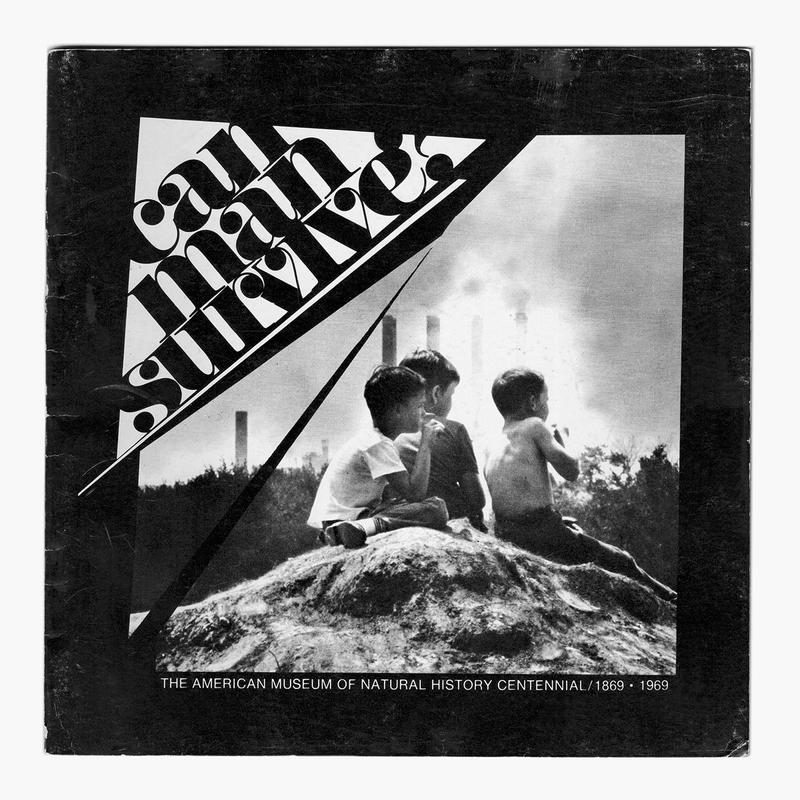A Grim Ecological Future
In 1969, the American Museum of Natural History in New York celebrated its centenary with a multimedia exhibition made up entirely of photographic and film images which, rather than focusing on the country’s exceptional natural environment, critically documented in an alarmist tone the pollution of the Earth’s water and air, our overpopulation and the deterioration of living conditions across the planet. Can Man Survive? was displayed at the museum until May 1971, in a setting inspired by world expositions and television programmes, contrasting with the iconography of the defense of nature that had prevailed until then. By reconstructing the experience of visiting this exhibition on the basis of contemporary reports and catalog images, and comparing the results against the outreach strategies of the wilderness and resource protection organisation, the Sierra Club, it becomes possible to understand the extent of the iconographic and ideological rupture represented by the exhibition, which, paradoxically, has lapsed into oblivion.

Edward Krent, couverture du catalogue Can Man Survive?, 1969.
Bénédicte Ramade is a lecturer at the Université de Montréal and the Université du Québec in Montreal. An art historian, art critic and independent exhibition curator, she specialises in environmental issues and is the author of Vers un art anthropocène. L’art écologique américain pour prototype (Presses du réel, 2022), an adaptation of her doctoral thesis from an anthropocene perspective. With Toronto’s Image Centre she organised and edited “The Edge of the Earth. Climate Change in Photography and Video” (2016) and recently contributed to Facing Black Star (RIC Book/MIT Press, 2023) with an article on the visual archive of climate change.
Keywords: American environmentalism, multimedia exhibition, environmental photography, American Museum of Natural History in New York, nature, pollution
Citation: Bénédicte Ramade, « Can Man Survive? (1969)Exposer un avenir écologique funeste », Transbordeur. Photographie histoire société, no. 8, 2024, pp. 100-111.